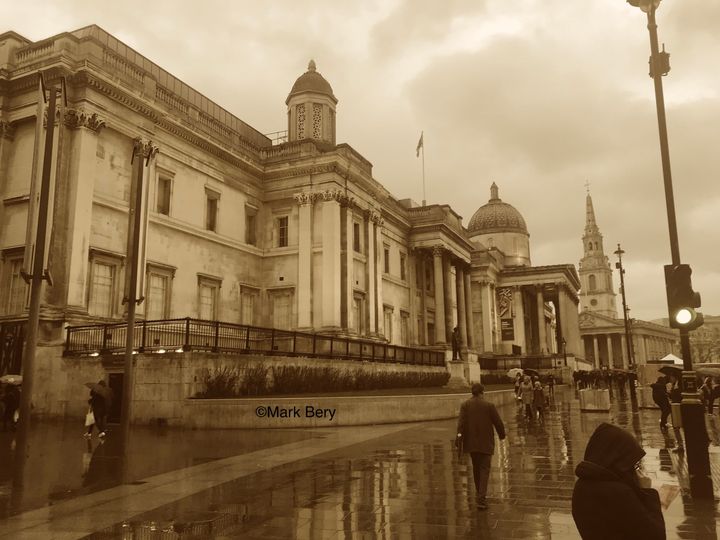He lived at Carlton Villa, 54 Streatham Hill (source Census 1841) which was also known as Stone House. Demolished in 1927 for the errection of Telford Court.
*He was responsible for the demolition of a number of London's old buildings during the course of his trade and is reported to have built his Streatham home from stones reclaimed from various buildings he had demolished. including masonry from the Royal Mews which was reputed to date back to the time of James the first *(John W Brown)
John Mallcott was was apprenticed to Samuel Ireland in 1792 and became free in 1799. He married Louisa Susannah Grace at Grey Friars church on 30 August 1804. By 1809 he had been taken into the family business and in 1811 he received a press notice for his monumental tablet to William Hawes, founder of the Humane Society.
The Gentleman’s Magazine illustrated the work, described as a ‘neat and elegant’ slab with a ‘small but correct’ portrait-medallion of Hawes. The magazine hailed the sculptor as ‘an ingenious young artist’ (GM 1811 vol 81, pt I, 307, 313). The firm produced numerous monuments and tablets over the next 30 years, described by Gunnis as ‘mostly dull’, though he considered the monument to Sir Wharton Amcotts , designed by William Kinnaird, to be ‘really rather a charming work’.
In 1821 the Gentleman’s Magazine illustrated Mallcott’s monument to Robert Wells , a Greek stele with palmette brackets and acroteria, and relief carvings of the two sides of a medal awarded to the deceased by the Royal Society. On the engraving Mallcott is described as a ‘Statuary’ of 12 Newgate Street, so he clearly took this aspect of the business seriously. In 1824, he provided carved ornaments for the new Post Office
The firm continued to be involved principally in masonry work. Mallcott succeeded his forebears as mason to the College of Physicians, he became the principal mason working on the new National Gallery and the Insolvent Debtors' Court in Lincoln’s Inn Fields and in 1820 he was employed at Stationers’ Hall. In 1823-4 he built the Lombard Street premises of the bankers, Glyn Mills and Co at a cost of £2,278.
In 1830-31, he was warden of the Masons’ Company, and in 1832 he became master. In 1845 The Builder illustrated a view of St Bartholomew’s Hospital, which the firm had cased in Portland stone ten years earlier, and referred to Mallcott as a ‘practical mason who has been engaged for fifty years in repairing old Churches and raising new buildings’ (Builder 1845, 78).
Mallcott’s will was proved in January 1851. He left houses in Newgate Street and Streatham Hill, as well as a lease on stonemasonry premises in West Street in the parish of Saint Sepulchre. To his second wife, Mary Ann, he left household goods and ‘detached articles of sculpture,’ as well as ‘all machinery, implements, utensils, plant, stock ... employed by me in my business of a stone-mason’. His various premises were left in trust for the seven children of his second marriage.
(Source extracts A Biographical Dictionary of Sculptors in Britain, 1660-1851)

